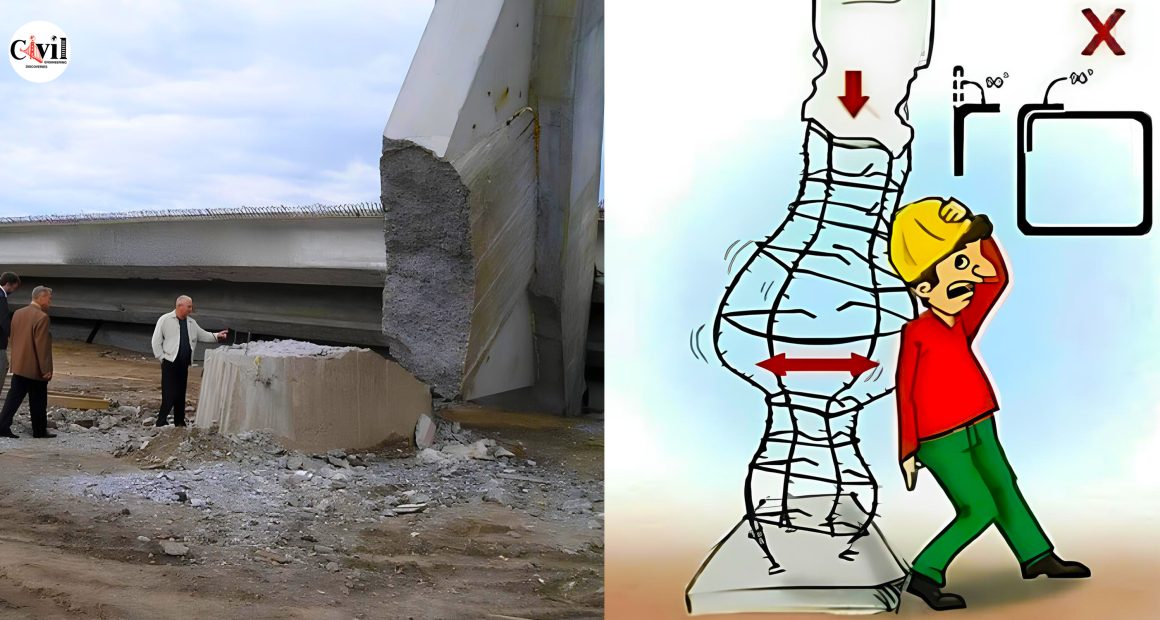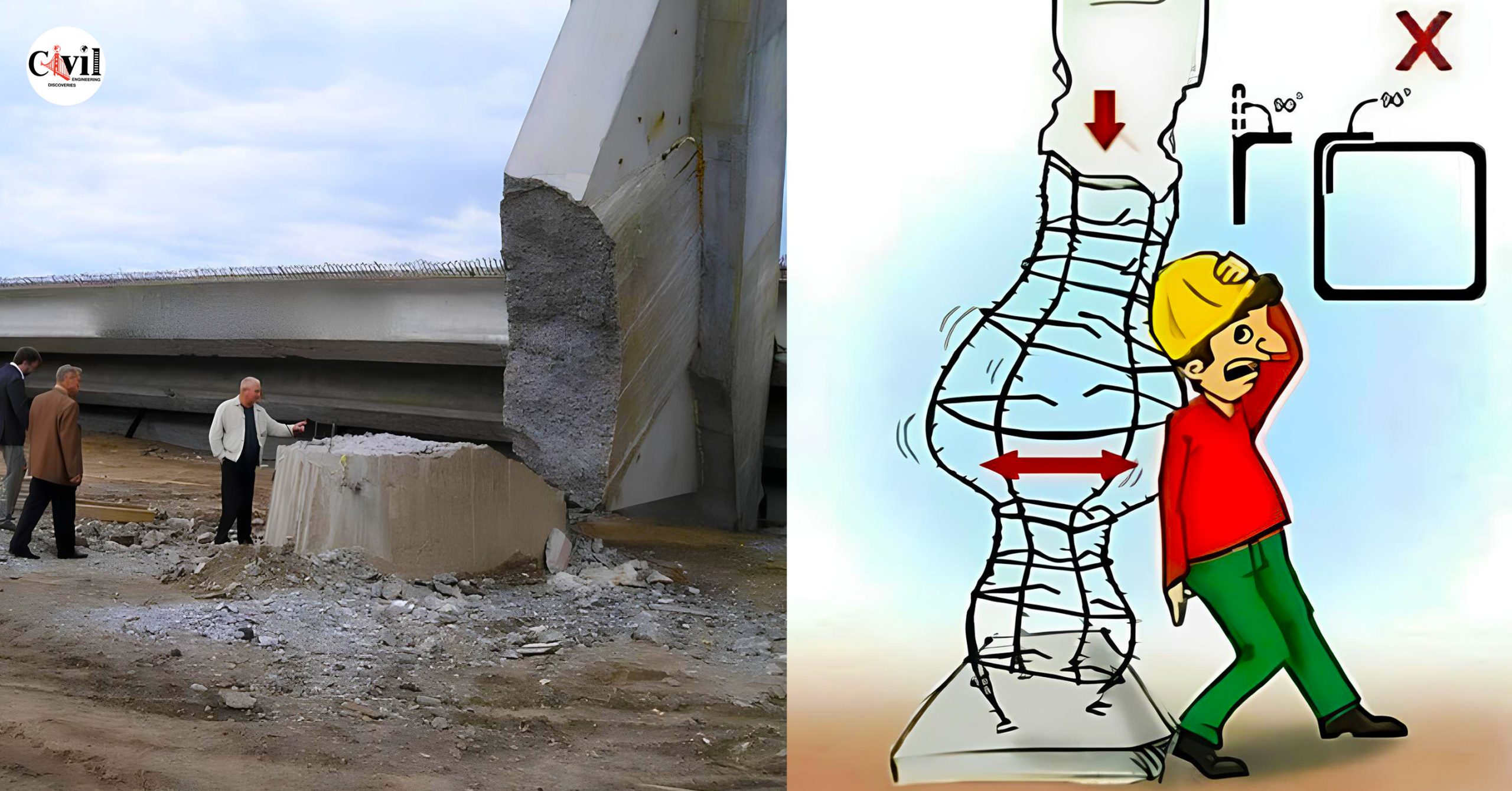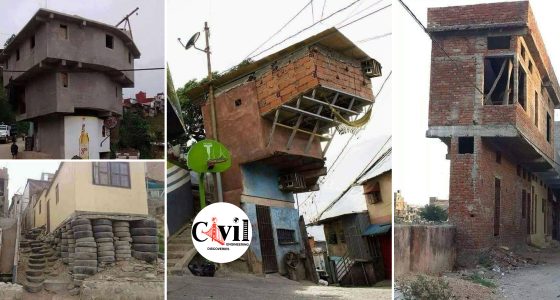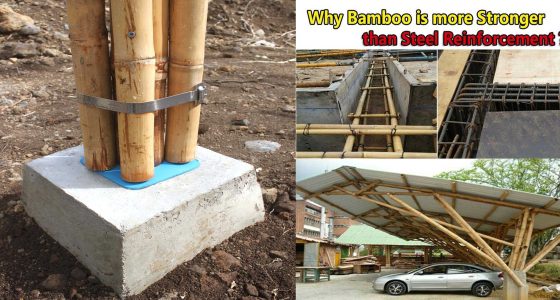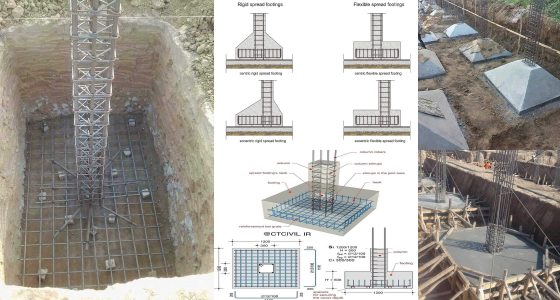Column failure refers to the structural collapse or deformation of a column, which is a vertical structural member designed to support loads primarily in compression. There are several types of column failure, including:
- Buckling Failure: This occurs when a column is subjected to an axial load (compression force) that exceeds its critical buckling load. Buckling failure results in the column bending or bowing outwards instead of supporting the load vertically.
- Compression Failure: Also known as crushing failure, compression failure happens when the column is unable to withstand the compressive forces acting upon it, causing it to collapse or deform due to excessive compression.
- Shear Failure: Shear failure occurs when the column experiences lateral forces that cause it to fail along a diagonal plane, rather than collapsing due to compression or buckling. This type of failure typically involves the material being torn apart rather than crushed.
Each type of column failure highlights different weaknesses in the column’s design or structural integrity, emphasizing the importance of proper engineering and construction techniques to prevent such failures from occurring.
Click Here To See Which Column Is stronger? Circular vs Rectangular vs Square!!
